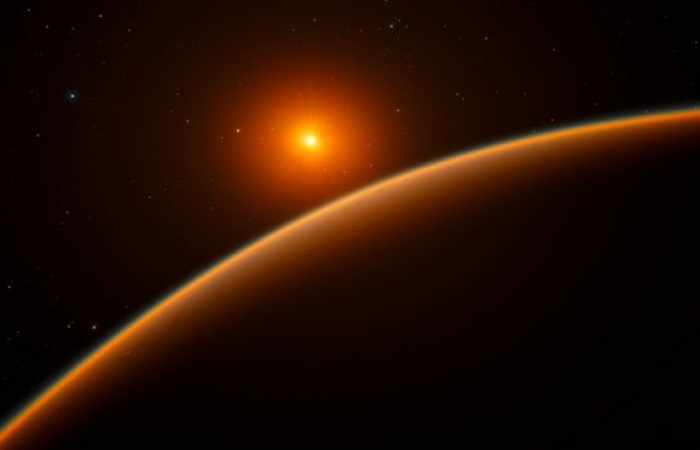The planet lies 39 light years away and is believed to lurk in the habitable zone – where liquid water could support life as we know it – around a star named LHS 1140 in the constellation of Cetus, the sea monster.
Jason Ditton at the Harvard-Smithsonian Center for Astrophysics said the new exoplanet, known as LHS 1140b, was the most exciting he had seen in 10 years. “We could hardly hope for a better target to perform one of the biggest quests in science: searching for evidence of life beyond Earth,” he said.
Astronomers now discover new planets with such frequency that what is considered to be the most promising home for extraterrestrials changes from month to month. In February, scientists spotted seven planets around another star at a similar distance to LHS 1140, a discovery that meant the search for life elsewhere could begin sooner than many thought. Last year, astronomers raised the prospect of life on Proxima b, a planet circling our nearest star a mere four light years away.
What makes LHS 1140b notable is that it is not bombarded with as much high-energy radiation that batters other planets around similar stars. Intense blasts of radiation can strip away tenuous atmospheres and harm any life beneath. In the more hospitable environment on LHS 1140b, a vast magma ocean could have fed steam into the atmosphere, replenishing the planet with water, the scientists said.
Further measurements of the planet by the European Southern Observatory in Chile found the planet to be about 40% larger than Earth, but with seven times the mass, which astronomers believe could be explained by it being rocky with a dense, iron core. Details of the discovery are reported in the journal Nature.
/Guardian/
More about: #science
















































